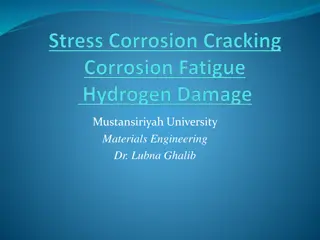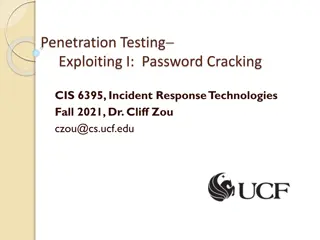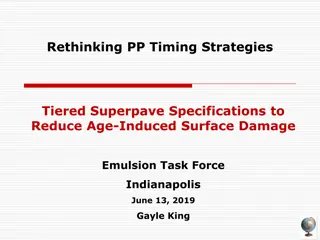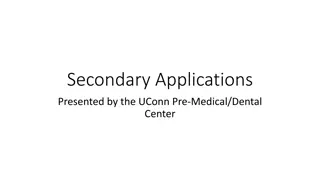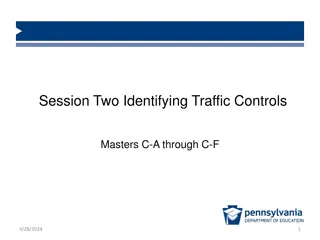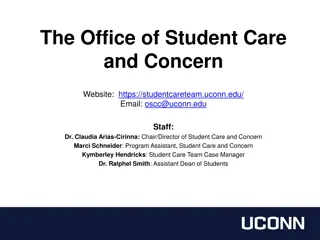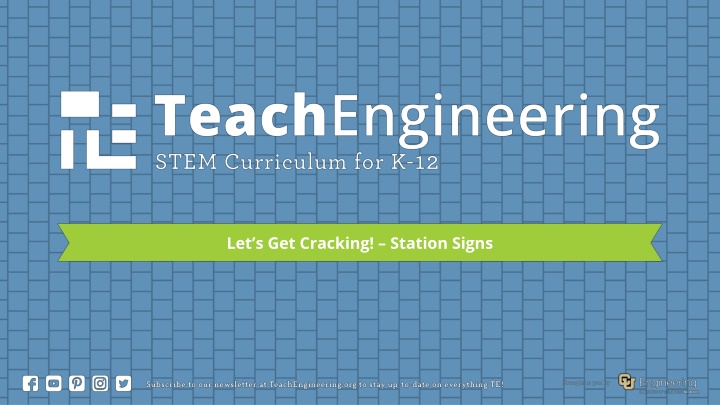
Engaging Engineering Stations for Hands-On Learning
Explore engaging stations where students act as biomedical and materials science engineers to analyze materials, test data, and understand engineering concepts. From studying bone strength to material stress-strain relationships, these hands-on activities provide valuable insights into the world of engineering.
Download Presentation

Please find below an Image/Link to download the presentation.
The content on the website is provided AS IS for your information and personal use only. It may not be sold, licensed, or shared on other websites without obtaining consent from the author. If you encounter any issues during the download, it is possible that the publisher has removed the file from their server.
You are allowed to download the files provided on this website for personal or commercial use, subject to the condition that they are used lawfully. All files are the property of their respective owners.
The content on the website is provided AS IS for your information and personal use only. It may not be sold, licensed, or shared on other websites without obtaining consent from the author.
E N D
Presentation Transcript
No Bones About It At this station you will act as Biomedical Engineers and use a force sensor and a microscopic camera to collect data, analyze and graph the data, and calculate the stiffness of a decalcified chicken bone with: hollow core, soft core, and hard core. Engineering Connection / Motivation Biomedical Engineers continuously research new materials in order to advance medicine including wound healing, tissue and organ growth, and bone repair/replacement. They also study bone strength in humans to create products that protect the body during sports and to protect the elderly during falls. In addition, engineers create replacement products using materials that mimic human bone.
Funnybones At this station you will act as Materials Science Engineers studying the stress- strain relationship of various materials (candy). You will apply force (tension = pulling) to investigate how materials break/stretch in response. Engineering Connection / Motivation Materials Science Engineers analyze the material of any product prior to production in order to determine the linear region, deformation region, and point of fracture. Materials Science Engineers characterize materials using force, displacement, stress, and strain. They analyze the behavior of materials in order to define safety constraints. In simple terms, they need to determine how much stress can be applied before a material breaks or becomes permanently deformed. Likewise, Biomedical Engineers test materials to strengthen or replace tissues or broken bones.
I Dont Wanna Be a Chicken At this station you will act as Biomedical Engineers and analyze real force-displacement data order to define region subsets (linear, ductile, and fracture), and calculate the value of stiffness (slope). You will determine the best fit models for each region along with their corresponding domains resulting in an overall piecewise-defined function. (This test requires stronger equipment than is available in a classroom, hence the data from research is provided.) Engineering Connection / Motivation In a three-point bend test, a beam (in this case a brittle chicken bone) is supported on both ends while a concentrated load, or force, is applied at the center. Mechanical Engineers run a test called finite element analysis on materials that will be used for an eventual product be it commercial or medical. In order to understand the safety limitations of a material, engineers determine the way in which it behaves under varying conditions. It is important to understand what conditions a material fails so that the product is not used under such conditions.
Stereognosis At this station, if you are the student wearing the blindfold, you will rely on your sense of touch in order to perceive the Young s Modulus of varying materials. You will reach into a paper bag containing each sample and then order the samples from softest to stiffest. Engineering Connection / Motivation Everything is made from something. Be it a bridge, a cell phone case, a football, an abdominal aortic aneurism mesh, or a contact lens, Materials Science Engineers study the properties of things in an effort to understand limitations and most likely to improve the properties.
Stopping Flopping Men s and Women s World Cup Soccer is broadcast world-wide leaving only a two-year void that is easily filled with MLS professional games. Even non-players or spectators are familiar with flopping as referees are left to determine if an injury is real or being faked by the player as a strategic maneuver for adding stoppage time to the end of the game. Each sport comes with its own specific set of protective fear and soccer is one example with optional head gear and required shin guards. Tibia fractures are a dangerous soccer injury, often requiring surgery to implant a metal rod, and resulting in months of recovery. Engineering Connection / Motivation Sports and sporting equipment are big business and protective gear is one lucrative subset. Shin guards are a necessity meant to reduce tibia injury. Although shin guards cannot guarantee tibia fracture prevention, they can reduce lacerations and contusions and minimize the risk of a tibia fracture. Since 2008, the National Operating Committee on Standards for Athletic Equipment (NOCSAE) requires all high school players in the United States to wear NOCSAE-approved shin guards.
?? ??2 ? ? ? ? ? ? ?????? ??????= YM = ? = = Flap Your Wings Many first-year engineering students have difficulty applying mathematics to engineering practice problems. In this station, you will apply your knowledge of stress, strain, force, displacement, and Young s Modulus to possible problems that Mrs. Walsh has considered. Engineering Connection / Motivation Everyone agrees that applied mathematics is significant to an engineering education. In other words, it is understood that engineering students need to think mathematically and use mathematics to describe and analyze the different aspects of the real world they plan to engineer.






